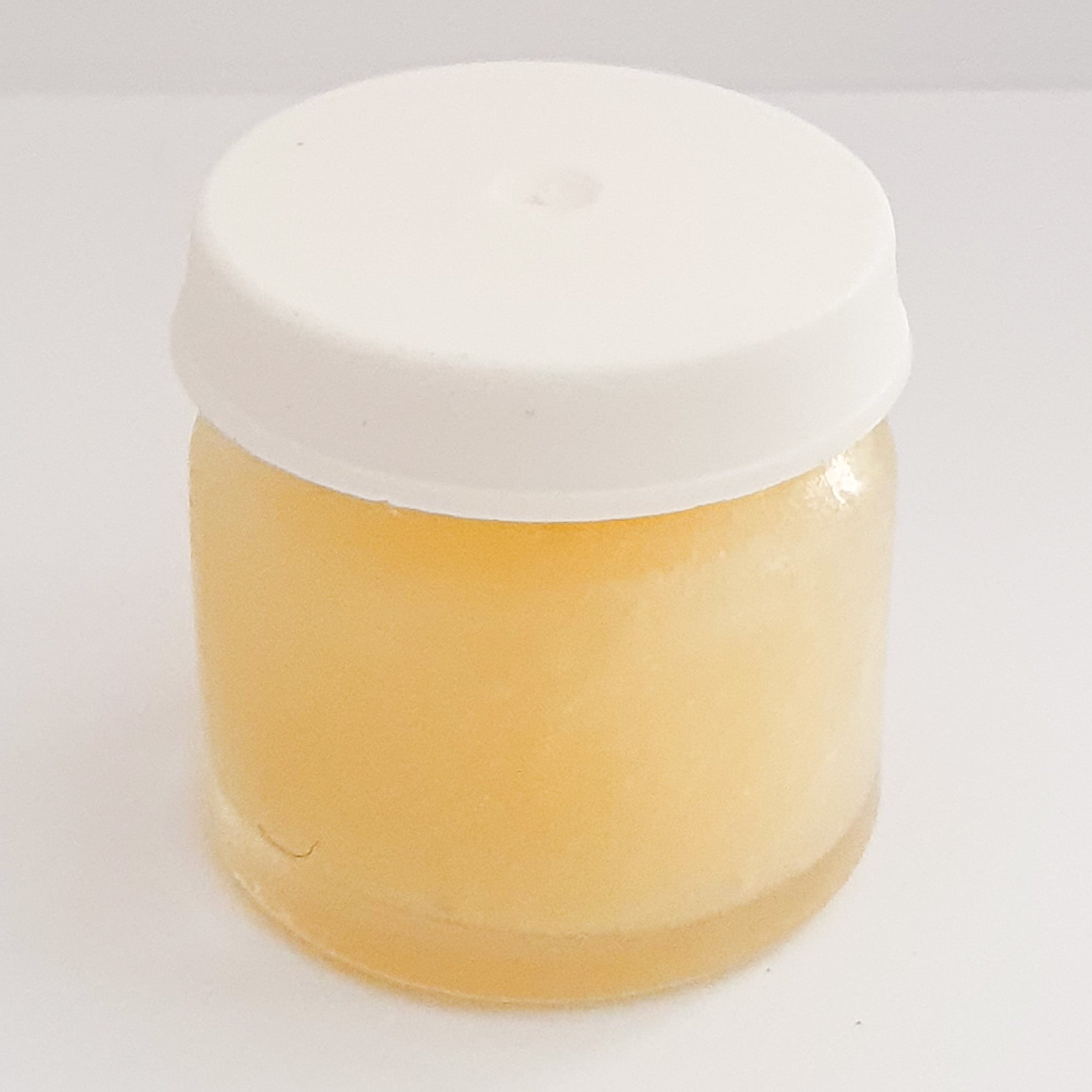
Royal Jelly
Royal jelly is a milky secretion produced by worker honey bees. It typically contains about 60% to 70% water, 12% to 15% proteins, 10% to 16% sugar, 3% to 6% fats, and 2% to 3% vitamins, salts, and amino acids. Its composition varies depending on geography and climate. This product gets its name from the fact that bees use it for the development and nurturing of queen bees. Some people use royal jelly as medicine. Don't confuse royal jelly with bee pollen or bee venom.
Royal jelly is used for asthma, hay fever, liver disease, pancreatitis, sleep troubles (insomnia), premenstrual syndrome (PMS), stomach ulcers, kidney disease, bone fractures, menopausal symptoms, skin disorders, and high cholesterol. It is also used as a general health tonic, for fighting the effects of aging, and for boosting the immune system.
Size: 10g
Precautions
Children: Royal jelly is POSSIBLY SAFE when taken by mouth for up to 6 months.
Pregnancy and breast-feeding: There is not enough reliable information about the safety of using royal jelly if you are pregnant or breast-feeding. Stay on the safe side and avoid use.
Asthma or allergies: Don't use royal jelly if you have asthma or allergies to bee products. It could cause some serious reactions, even death.
Inflamed skin (dermatitis): Royal jelly might make dermatitis worse.
Low blood pressure: Royal jelly might lower blood pressure. If your blood pressure is already low, taking royal jelly might make it drop too much.
Interactions
Medications for high blood pressure (Antihypertensive drugs)Interaction Rating: Moderate Be cautious with this combination.Talk with your health provider.
Royal jelly seems to decrease blood pressure. Taking royal jelly along with medications for high blood pressure might cause your blood pressure to go too low.
Some medications for high blood pressure include captopril (Capoten), enalapril (Vasotec), losartan (Cozaar), valsartan (Diovan), diltiazem (Cardizem), Amlodipine (Norvasc), hydrochlorothiazide (HydroDIURIL), furosemide (Lasix), and many others.
Warfarin (Coumadin)Interaction Rating: Moderate Be cautious with this combination.Talk with your health provider.
Royal jelly might increase the effects of warfarin (Coumadin). Taking royal jelly with warfarin (Coumadin) might result in an increased chance of bruising or bleeding.
Fresh royal jelly should be kept cold. It will last six months in the refrigerator and up to two years in the freezer.
Benefits
Royal jelly contains water, carbs, protein, fat, B vitamins and trace minerals. Its unique proteins and fatty acids may be the reason for its potential health benefits.
Ingredients
Contains about 60% to 70% water, 12% to 15% proteins, 10% to 16% sugar, 3% to 6% fats, and 2% to 3% vitamins, salts, and amino acids.
حدِّد الخيارات


